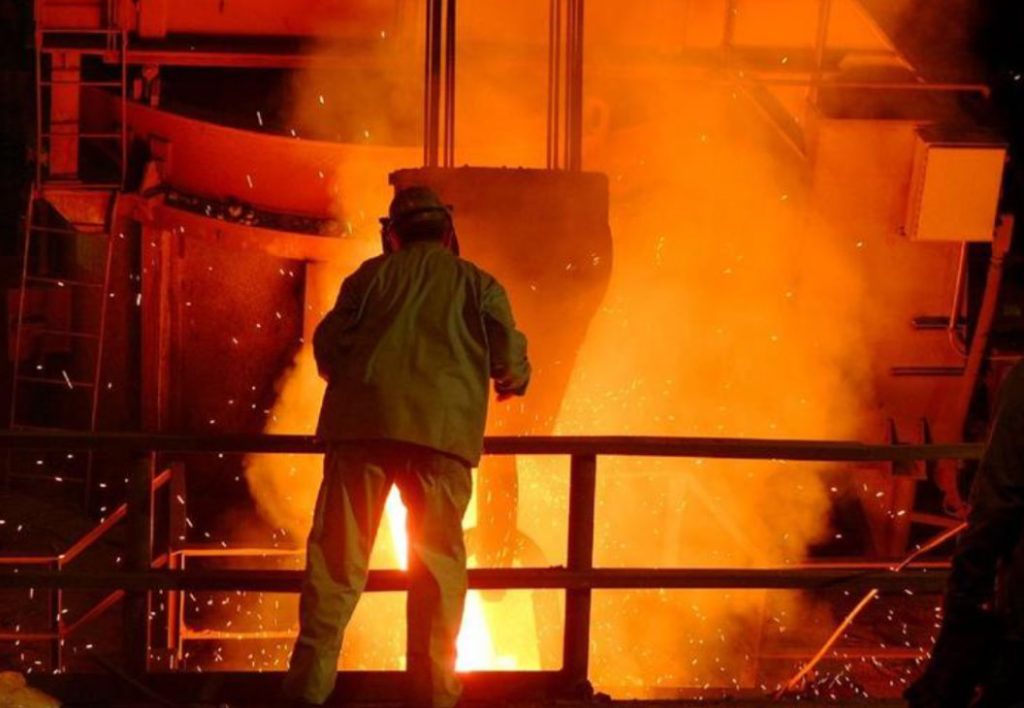
生产中如何提高钢水纯净度、保证晶粒细化?
- Jan 04, 2024
- Solution

锻件主要使用的材料是各种牌号的碳素钢和合金钢,其次是铝、镁、铜、钛及其合金。锻件的原始状态包括坯料、锭料、金属粉末和液态金属。金属变形前与变形后的横截面积之比称为锻造比。
正确选择锻造比、合理的加热温度和保温时间、合适的始锻温度和终锻温度以及合理的变形量和变形速度,对提高锻造产品质量、降低成本至关重要。您知道在锻造过程中如何提高钢水纯净度吗?
炉料中P、S的含量应尽可能低。这些元素含量过高,会延长冶炼时间,导致炉衬侵蚀加剧,钢中夹杂物增多。如果氧化期沸腾不良,大部分较小的脱氧产物难以上浮而残留在钢水中。
因此,应确保脱碳率不低于40%,以保证脱碳强度,并通过沸腾去除夹杂物。需保证钢水在钢包内保持一定时间的平静,以利于夹杂物上浮。整个浇注系统应彻底清理、吹扫除尘,清理后应采取防尘措施,防止耐火材料等非金属夹杂物卷入钢水中。同时,应注意加强中间包的捕渣工作。
